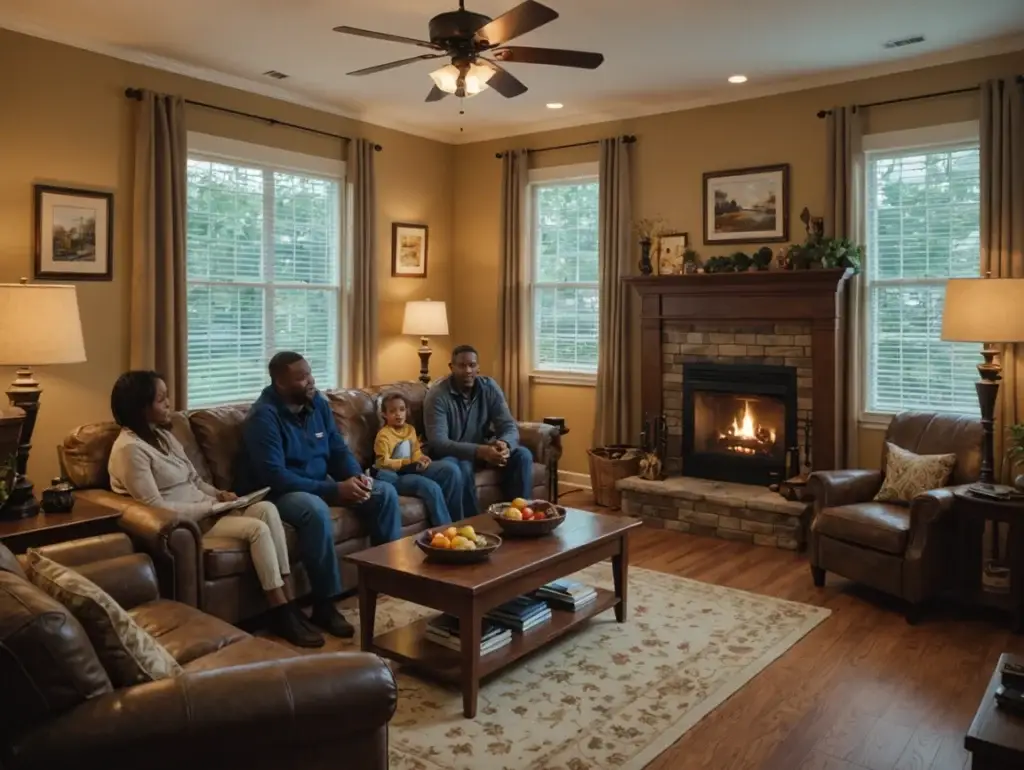[vc_row][vc_column][vc_column_text]When installing ductwork in your home, choosing the suitable material is crucial for ensuring optimal HVAC system performance, energy efficiency, and indoor air quality. Two standard options for ductwork are rigid metal and Alumaflex. Every material offers a unique set of benefits and things to keep in mind. In this article, we’ll explore the differences between rigid metal and Alumaflex ductwork to help you make an informed decision for your home.
Rigid Metal Ductwork:
Rigid metal ductwork, typically made from galvanized steel or aluminum, has been a staple in HVAC systems for decades.Here are some important things to keep in mind :
- Durability:
Rigid metal ductwork is highly durable and can withstand high temperatures, pressure, and mechanical stress. It is resistant to damage from pests, such as rodents, and less susceptible to punctures and tears than flexible ductwork.
- Airflow Efficiency:
Rigid metal ducts offer smooth surfaces that facilitate efficient airflow throughout your home. This helps minimize airflow resistance, pressure drops, and energy losses, resulting in better HVAC system performance and lower energy bills.
- Fire Resistance:
Metal ductwork is more fire-resistant than flexible duct materials. In a fire, metal ducts are less likely to contribute to the spread of flames, providing added safety for your home.
- Installation Challenges:
While rigid metal ductwork offers numerous benefits, it can be challenging to install, especially in existing homes where space constraints or complex layouts may pose obstacles. Additionally, professional installation is typically required to ensure proper sealing and connection of metal duct joints.
Alumaflex Ductwork:
Alumaflex ductwork is a flexible ducting material made from a laminated aluminum foil inner core surrounded by a durable metalized polyester film. Here are some considerations for Alumaflex ductwork:
- Flexibility:
Alumaflex ductwork is highly flexible and easy to maneuver, making it ideal for installations in tight or confined spaces, such as attics, crawl spaces, or retrofit projects. Its flexibility allows for more straightforward routing around obstacles and reduces the need for additional fittings.
- Insulation:
Alumaflex ductwork typically comes with built-in insulation, which helps prevent condensation, reduce heat loss or gain, and minimize noise transmission. The insulation can also improve energy efficiency by maintaining consistent temperatures within the ducts.
- Cost-Effectiveness:
Alumaflex ductwork is often more affordable than rigid metal ductwork in terms of material costs and installation expenses. Its lightweight construction and flexibility can also save on labor costs during installation.
- Susceptibility to Damage:
While Alumaflex ductwork is durable and resistant to tearing, it may be more susceptible to damage from pests, such as rodents, than rigid metal ducts. Care should be taken during installation to minimize the risk of punctures or tears.
Choosing the Right Option for Your Home:
When deciding between rigid metal and Alumaflex ductwork for your home, consider factors such as durability, airflow efficiency, fire resistance, installation challenges, flexibility, insulation, cost-effectiveness, and susceptibility to damage. Rigid metal ductwork may be the preferred option if you prioritize durability, airflow efficiency, and fire resistance. However, if flexibility, insulation, and cost-effectiveness are more important considerations, Alumaflex ductwork could be the right choice for your home.
Ultimately, consulting with a qualified HVAC professional is recommended to assess your home’s requirements and determine the most suitable ductwork material for your HVAC system. By carefully evaluating the pros and cons of rigid metal and Alumaflex ductwork, you can make an informed decision that ensures optimal comfort, efficiency, and longevity for your home’s heating and cooling system. [/vc_column_text][/vc_column][/vc_row]


